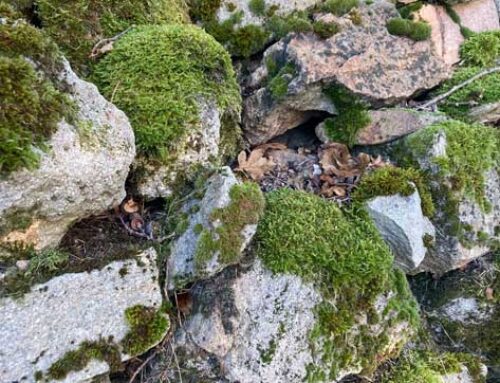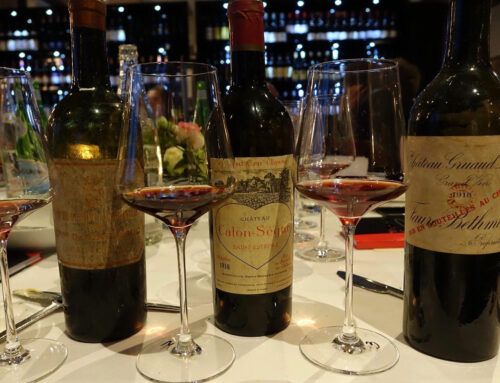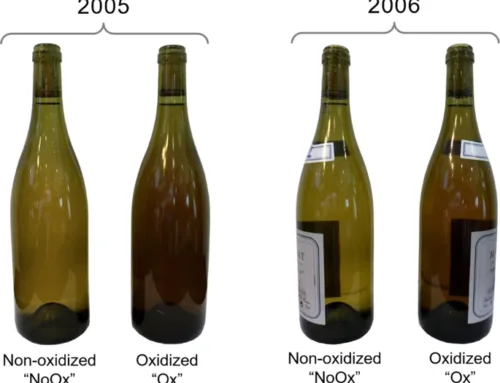Why store Wine clima controlled?
If you buy a bottle of wine in the supermarket, you do not need a wine cellar to store wines. Because usually, these wines are mostly mass produced and ready to drink, which is made for immediate consumption.
But if you have already landed here, then you probably do not belong to the people who buy one bottle at a time and probably do not buy your wine in the supermarket, but in specialized stores or directly from the winemaker. So, you’ve really come to appreciate wine.
So, we like the variety of flavors and the experience on the palate, not to mention the effect of the alcohol. As you may know, wine is divided into three groups of aromas. There are fruity and floral primary aromas that are directly related to the grape variety and come from it. Then there are the so-called secondary aromas, which arise during processing, fermentation, and subsequent biological acid degradation. So, at the winemaker in the tank, tonno or the barrique. Those who like these aromas prefer to drink their wines young. So directly a few weeks after bottling, respectively within 1-4 years after bottling. Because after that, the wines often “close” for a few years and then slowly make way for other aromas.
Cellaring changes, the aromas of the wine
So, over time, the third group of aromas emerges, called tertiary aromas. These aromas emerge during bottle storage. Thus, the fruity primary aromas literally mature. In the case of red wine, compote notes such as “jam” or “dried fruit” come to the fore and the secondary aromas move into the background. In addition, there may be scents of chocolate, cigar box, tobacco, leather, mushrooms, or in the case of very mature wine, sometimes a little forest floor.
White wine behaves similarly and emerges with aromas of nuts, honey, or wax. Everyone who has ever drunk well-aged Rieslings remembers the famous petrol notes.
And that almost gives us the answer. With wine, however, it is not only the aroma that is important but also the feel. In other words, the sensation on the palate and tongue when we drink wine. And this is exactly what changes enormously over time. While young, drinkable red wines usually have a refreshing acidity and fine tannins, young white wines often have some residual sweetness, the so-called sugar tail. On the other hand, red wines that are ready for storage are often still too acidic or tannic. The same applies to dry, storable white wines. In the years of storage in the cellar, aromas, acids, extract, and alcohol bind to a large whole, which usually no longer had much to do with the original young wine when he was put in a bottle. The drinking experience that so many wine lovers have been waiting for years has finally arrived.
And so, it is incredibly fun to follow a wine over years, if not decades of its development, and to open a bottle every now and then, to smell and taste it.
Contact us today for the clarification of a free wine storage compartment via contact form or via 076 505 90 60




